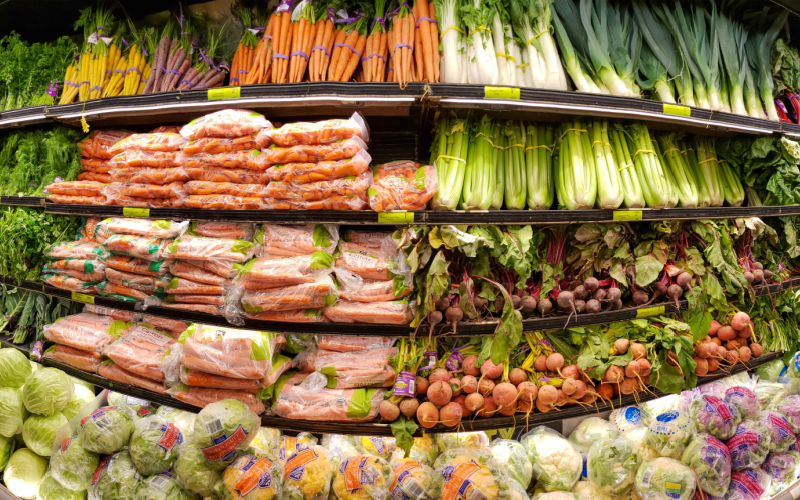A Blue Yonder Perspective
This blog was written by Shannon Wu-Lebron, CVP Industry Strategies, with contributions from Nina Seth, Director Product Marketing
Online grocery has certainly grown in the past few years —it received a nice size bump during the COVID-19 pandemic. In 2020, sales more than tripled the average annual growth to 9.5% and digital sales drove this growth as the pandemic forced consumers to move to online grocery shopping for the first time.[1]
But while grocers expanded offerings to include curbside pickup and delivery to meet the moment, it often came at the cost of profitability. In fact, according to Grocery Doppio’s “State of Digital Grocery Performance Card” report, grocers lost $11 billion in online grocery sales due to unavailable or unsubstituted items in the first half of this year.[2] At an average order value of $74 per online grocery transaction, $11 billion equates to roughly 150 million orders in 1H of 2022. That’s a lot of unfilled orders and millions of disappointed customers.[3] In addition, also according to the report, digital sales have decelerated, and digital basket sizes have gone down.
As consumers settle into the new normal, they’re carefully assessing the pros and cons of shopping for groceries online versus in-store, and the associated cost with each. Online grocery shopping is supposed to offer convenience, speed and flexibility. Unfortunately, due to a variety of challenges grocers are facing, consumers are often presented with out-of-stock items or unable to find the products they want/need. Grocers need to ensure they offer solutions that ensure customer needs are met.
This is where a good substitution process can help. Grocers should consider utilizing merchandising data, product attributes, along with inventory availability and transactional history information to build and display a robust list of substitutions for commonly purchased items if not all items.
Substitution options should be presented before, during and after a consumer completes an online order.
- First, while the consumer is browsing and evaluating what items to add to their online cart, substitution can provide alternatives not only for out-of-stock items but also subtly direct consumers to higher margin or promotional items.
- Next, while the consumer is in the shopping cart and checkout process, substitution can react to real-time inventory changes and suggest alternatives before disappointment occurs.
- Last but not least, substitution can help fill in gaps during the order fulfillment process when certain items are not available for picking. Rather than engaging in an endless back and forth of dialogue with the consumer, grocers should be able to suggest the best substitutes to the consumer.
The second part of the online grocery profitability equation has to do with operational efficiency and cost to fulfill the online orders. According to the same report, grocers lose an average of 16 cents of margin on every online order.[4] This may not seem like much, but when you consider the total volume of online grocery business, it can have quite a negative impact to the grocer’s overall bottom line.
To combat the profitability challenge of fulfilling online orders, grocers need the help of data and advanced technology tools to improve:
- Order picking process efficiencies
- Curbside pickup scheduling
- Last-mile delivery planning
With online grocery expected to make up 20% of overall grocery sales by 2026, grocers need to carefully assess how they’ll not only meet changing consumer expectations but stay profitable.[5] Neither task would be easy, but both are achievable with the right strategy, investment, and focus.
To learn more about how Blue Yonder can help visit, at https://now.blueyonder.com/grocery-order-management.html
[1] Progressive Grocer. Aug 3. Grocers Lose $11B in Digital Sales
[2] Grocery Doppio – State of Digital Grocery Performance Scorecard: H1 2022
[3] Grocery Doppio – State of Digital Grocery Performance Scorecard: H1 2022
[4] Grocery Doppio- State of the Digital Grocery Performance Scorecard: H1 2022
[5] Grocery Doppio- State of the Digital Grocery Performance Scorecard: H1 2022

